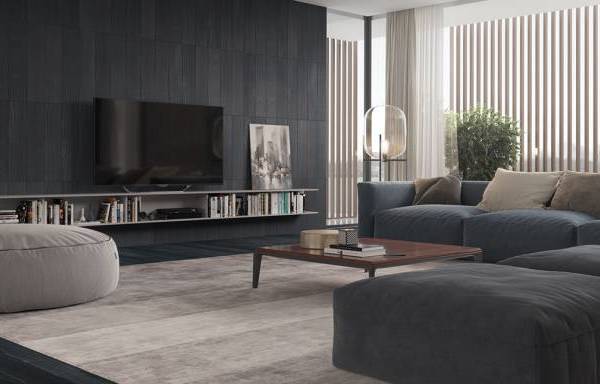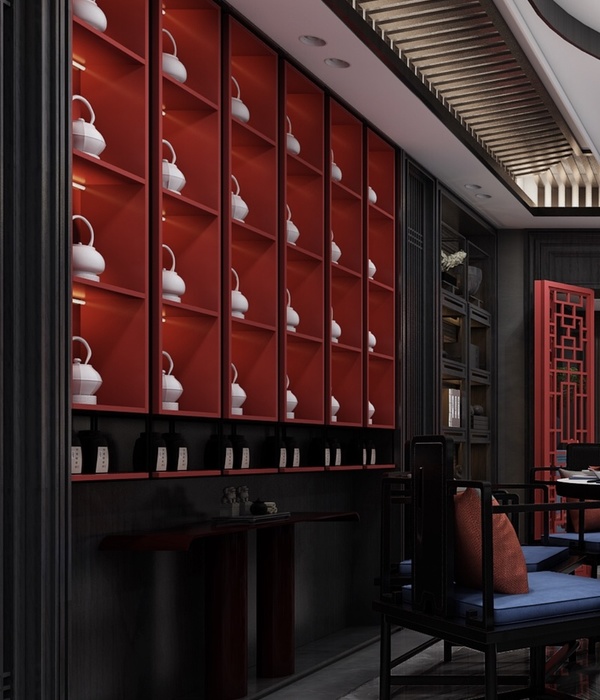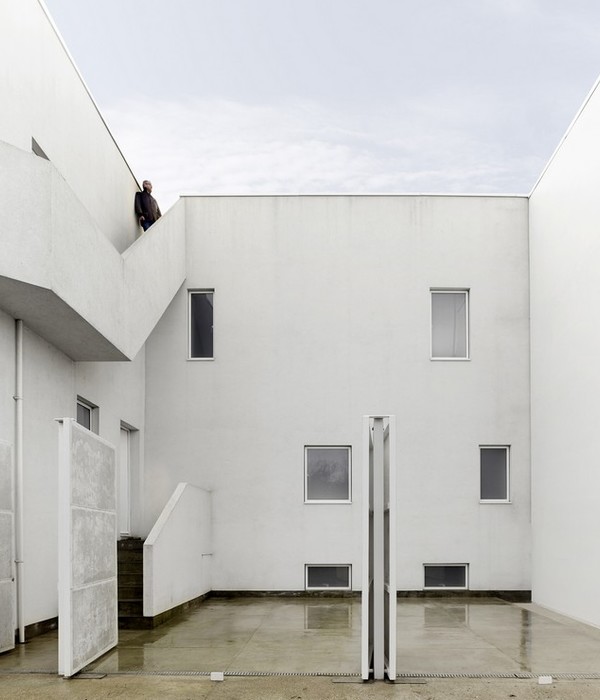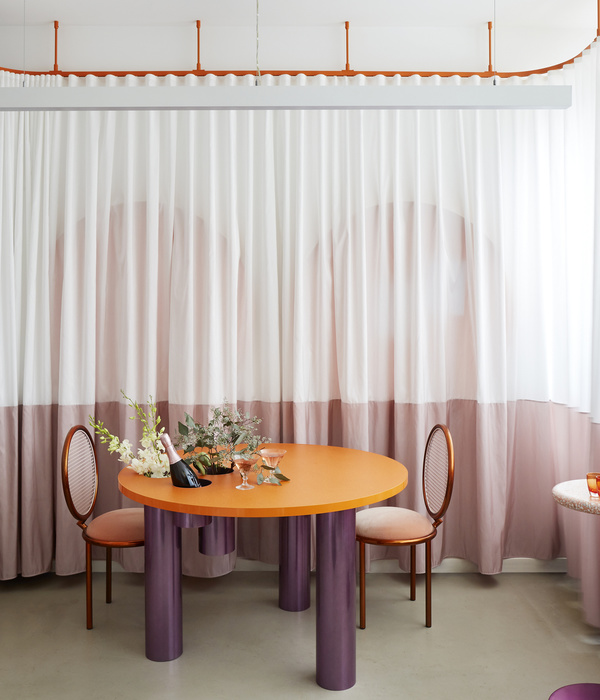The East Fremantle House is situated in suburban Perth and is a contextually responsive addition to a heritage cottage. Informed by the challenging narrow site, the result is a linear additional living space to a traditional home that offers flexibility, function and a strong connection with the exterior space, fit for ever changing family life. The most important part of this house is the space that is not built - specifically, a large northern void - a space for sun, light, sky, sound, and breeze to inhabit. The house then traces this edge, creating rooms with immediate connection to these elemental conditions. Formally, the house is expressed in four parts; the existing brick cottage, an entry link, the ground floor addition, and the first floor addition. The entry link acts as a mediating point, the connective tissue between the elements. Dark, hard and solemn. To the left upon entry is the existing cottage, restored and lightly amended. To the right, the garden room and living spaces which are, light, bright, and open, experientially a direct counter to the experience of the house upon entry. Above these sits the articulated eaves and master suite, a wooden box perched lightly. On the northern face of the addition, the form is simple and linear, allowing the southern mass of the building to be an efficient connective living space, a ‘garden room’. The northern face is lined with sliding doors, allowing the whole space to open up and the life of the house to spill out and occupy the full width of the site. It provides its inhabitants with the opportunity to live in direct connection with their context and immediate environment which provides immeasurable and appreciable amenity to the project and shows that an understanding of and connection to our celestial sphere can shape the rhythms, patterns, and quality of daily family life. On the southern face, the ancillary program elements are expressed as ‘lumps’; a tall triangular chimney for the fireplace, a curved north facing shell for an art wall, a low top-lit box for the kitchen, and a high round cylinder for a powder room. Having two entrances to the home allow the front bedrooms, a private space to remain secluded from the bright garden room and public space found in the addition. This project embodies a long term approach to design. Preserving a piece of local history by introducing an addition that provides functional living space. Creating flexible, adaptable spaces shows how we can future proof our homes to allow for the changing patterns of life within the family and to external global events. The project is innovative in the same way it is primitive. It shuns high-technology and instead defers to the simplest forms of human technology we have developed, pattern recognition. By understanding solar orientation, prevailing breezes, and thermal mass, this house creates environmentally harmonious rooms that provide high-amenity with minimal effort, cost and maintenance. Retaining and preserving the existing cottage, also saves the embodied energy in those materials. It is sometimes the hardest thing to remember to do the simplest thing. More so than ever in our current global context, shifting work patterns towards the home and the climate circumstance. The East Fremantle House is a demonstration that great design is about primitive and simple technologies. High amenity and sustainability can be beautiful, innovative, and wholly beneficial. Builder: Talo Construction Structural Engineer: Talisman Consulting Landscape: SEED Design Studio Styling: JK Interior Design & Amy Collins Walker Photographer: Dion Robseson Art: Jordy Hewitt Furniture: District Bricks: Brickworks Objects: LOAM
{{item.text_origin}}












